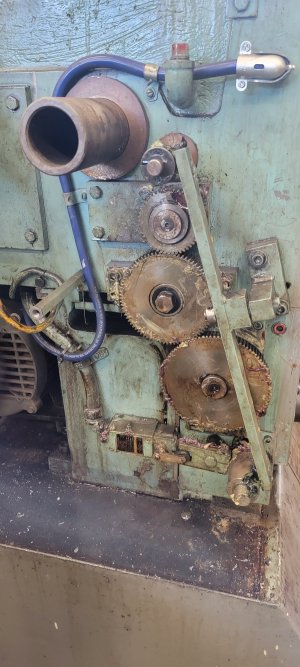I appreciate some folks enjoy every moment of garage time, I‘m still at the point where every moment in the garage needs to be (semi) productive.
I was hoping for an easy answer, doesn’t seem that’s quite the case.
Ya, it's not an easy question or an easy answer. I prolly made it worse.
I have no idea how old you are. But allow me to add some perspective. It takes me several 16 hour days to thread and chamber a barrel, and another whole day to blueprint a receiver. That doesn't include the time to research the alternatives and order the required parts. It only takes about 2 minutes to change gears. I know there are guys around who can do a barrel faster than that, but I've only done it about 30x in my life so I'm pretty green.
I know of at least 2 guys in New Brunswick who would probably help you get going. This help is more valuable than a hundred youtube videos.
In terms of choosing a lathe for gunsmithing work, I'd focus on getting a machine that has a large spindle bore (at least 1.5"), a 12" or bigger swing, and a 36" bed. Smaller lathes can do great work too, but bigger is always better for lots of reasons. You will, also want a spindle that protrudes back out of the gear box, preferably with a built in spider. A tail stock that can be torqued down with a torque wrench is also an asset as is a taper attachment, but neither one is a requirement. A minimum speed of 50rpm is desirable, but you can make do with 75 or 80. Mine is 70 and I wish it was 50. Power feed on the carriage is absolutely necessary and on the cross slide its desirable. A thread dial is essential too, but you can get by without it by leaving the half nut engaged.
I prefer a lathe that can do both metric and imperial work. I also prefer a quick change tool post. And you will want a mix of indexable carbide and high-speed steel tools. Some will say you don't need hss. I'm not one of them. I often find myself grinding custom profiles into hss. That's MUCH HARDER to do in carbide.
That's about all I can think of just now. Enjoy your new journey. Feel free to ask questions. I'll try to be more brief in future.


